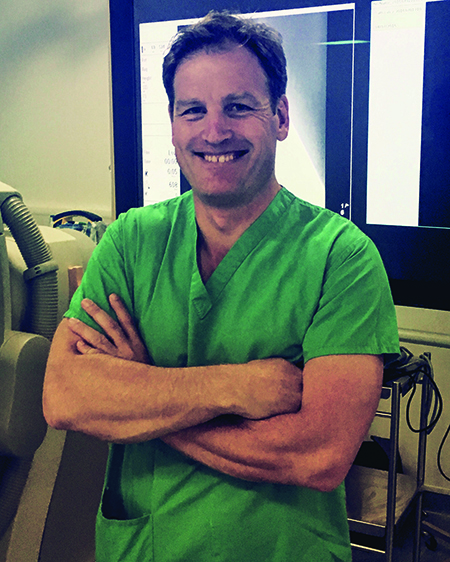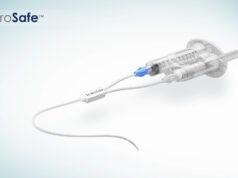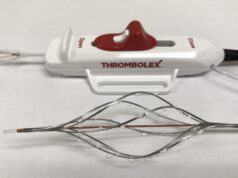
While comparative study data for venous stents are still lacking, results of a number of ongoing and planned venous stent trials will increase the options currently available to physicians and provide useful comparative data, explained Stephen Black (London, UK), giving a venous stent trial update at the 2017 THE VEINS at VIVA meeting (10–11 September, Las Vegas, USA).
“It is an exciting time for all of us who are involved in venous stenting, because of the clear growth in the number of new products that are coming to the market,” Black said. “I am in a privileged position living and working in Europe, as we get access to new devices long before anyone else, which has given me the opportunity to use all of the new nitinol stents on the market.”
“We need to remember that venous stenting is not new,” Black told the delegates, noting that a significant body of clinical work on the topic already exists, including use of Wallstent (Boston Scientific) and good success in treating venous outflow obstruction in peer-reviewed publications.
That said, “The flaws and technical shortcomings of performing venous stenting procedures have led to an enthusiasm for the newer nitinol stents,” Black said, with several current-generation nitinol venous stents undergoing investigational device exemption (IDE) trials in the USA and already available outside of the USA.
“The off-label use of some stents led to problems of fracture and compression around the inguinal ligament. The stents used, including arterial stents, were not of a sufficient diameter to create the tube that we want in the venous system. Arterial stents also tended to collapse under the May-Thurner point, principally because outward radial force is often confused with crush resistance, but these are not the same thing from an engineering point of view—you need totally different performance criteria for a venous stent.”
Different venous stents have different designs, whether open cell, closed cell, hybrid or braided, each design supposedly offering different levels of crush resistance, flexibility, radial strength, and so on. However, Black suggested, “I would urge you to be slightly sceptical of these comparisons, as we do not really know the clinical relevance of these features; some of them may mean nothing at all and some of them may mean a lot. What we really need to see is how these stents perform in the long run in clinical use.”
It is to this end that the ongoing IDE trials will be useful, Black said. The first such study to complete was the Cook Medical VIVO study investigating Cook Medical’s Zilver Vena stent. The trial is both inside and outside of the USA and has enrolled a total of 278 acute and chronic patients (35 patients outside the USA and 243 inside the USA), with 12-month follow-up due to be complete by the end of 2017.
Veniti’s VIRTUS trial is comprised of a feasibility cohort (30 patients) and a subsequent full study (200 patients) analysing the Vici venous stent in US and outside US patients. This trial looked at only chronic patients, which Black noted is significant as “acute patients tend to do better with stents than chronic patients.” The data from the feasibility study are due for publication in the near future.
The single-cohort Bard Venovo trial has enrolled 170 acute and chronic patients in and outside the USA. The enrolment for this study completed “much faster than the previous two,” Black said, “which suggests that as these studies have rolled-out and our experience with venous stenting has improved, we have grown better at identifying patients and getting them to treatment.” Initial results from this trial are expected in 2018.
There are more trials ready to begin this year. Medtronic’s trial for its Abre stent will begin recruitment in 2018, while Optimed’s Sinus Obliquus stent will be the subject of an outside USA study.
“Once we have the results of all of these trials, we may be in a position to provide some form of comparison of these studies,” Black said.
He continued, “What we need to remember from all of this is that IDE studies provide us with a certain level of information, but ultimately design is cyclical and iterative. We have to give feedback to companies on our own experience and improve these designs as we go forward; this is our first generation of venous-specific stents.”












